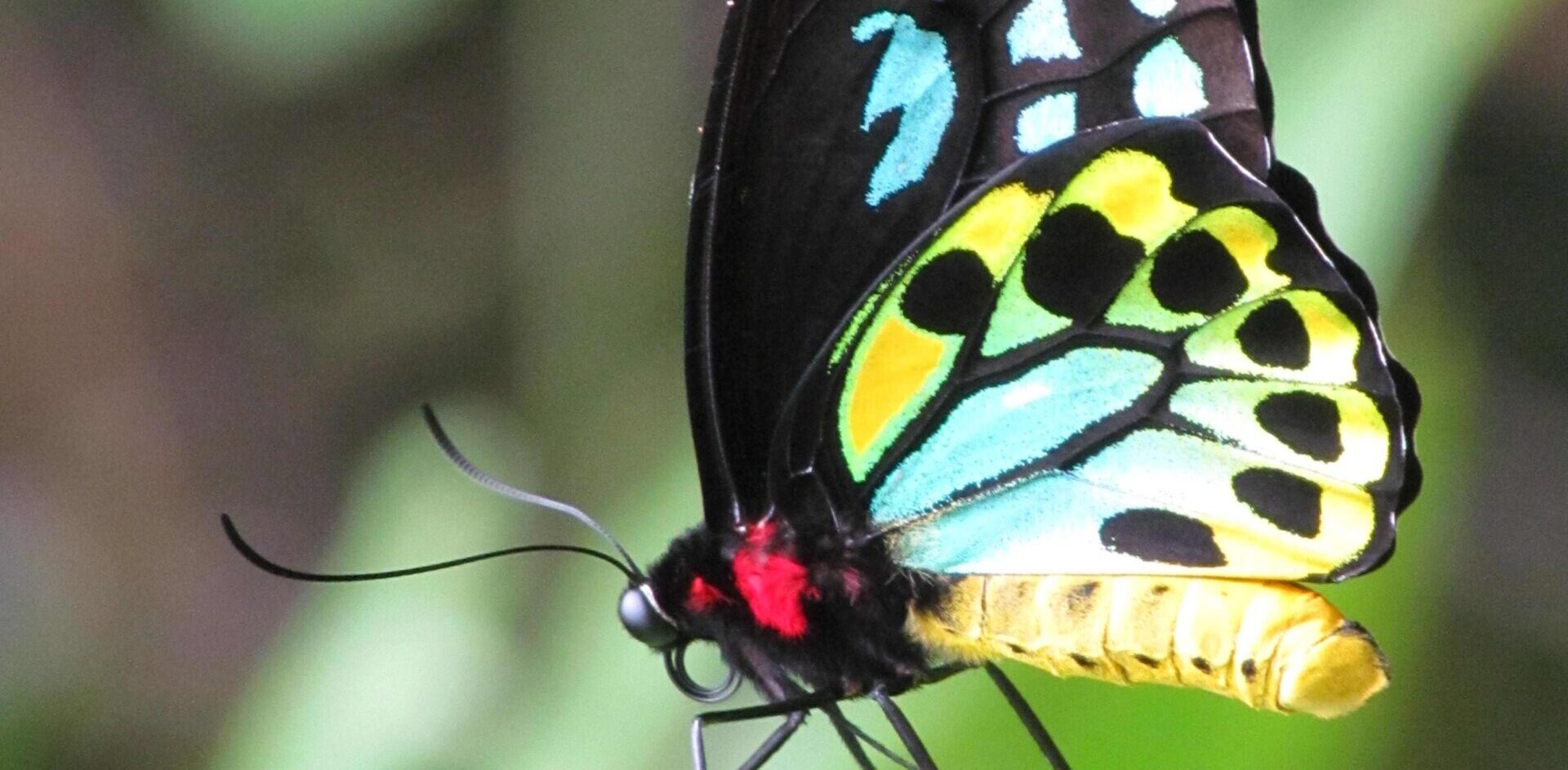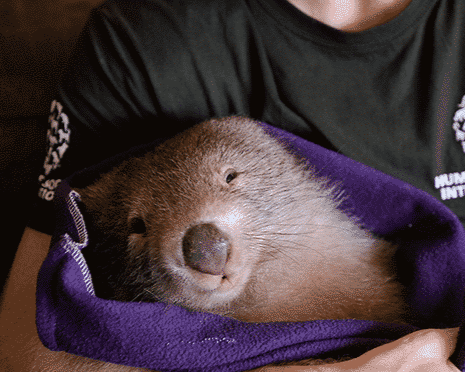The Newsletter of Humane World for Animals' Wildlife Land Trust • Issue 30 • 2025 Read More
2022 was a tumultuous year for Australia in many ways, and our country’s extreme weather events and natural disasters have left a mark on many of us. HSI made huge strides in helping wildlife carers on the frontlines, and with our incredible donors’ support we were able to help save thousands of native species in peril.
The Western Australian Fires
Last February, terrible wildfires tore through Western Australia’s forests, burning acres of habitat and threatening towns and homes. Our funding provided urgent food for wild kangaroos and emus in the blackened forests, medications and supplies for injured wildlife and a generator to keep the lights on at a busy rescue caring for lizards, possums and kangaroos.
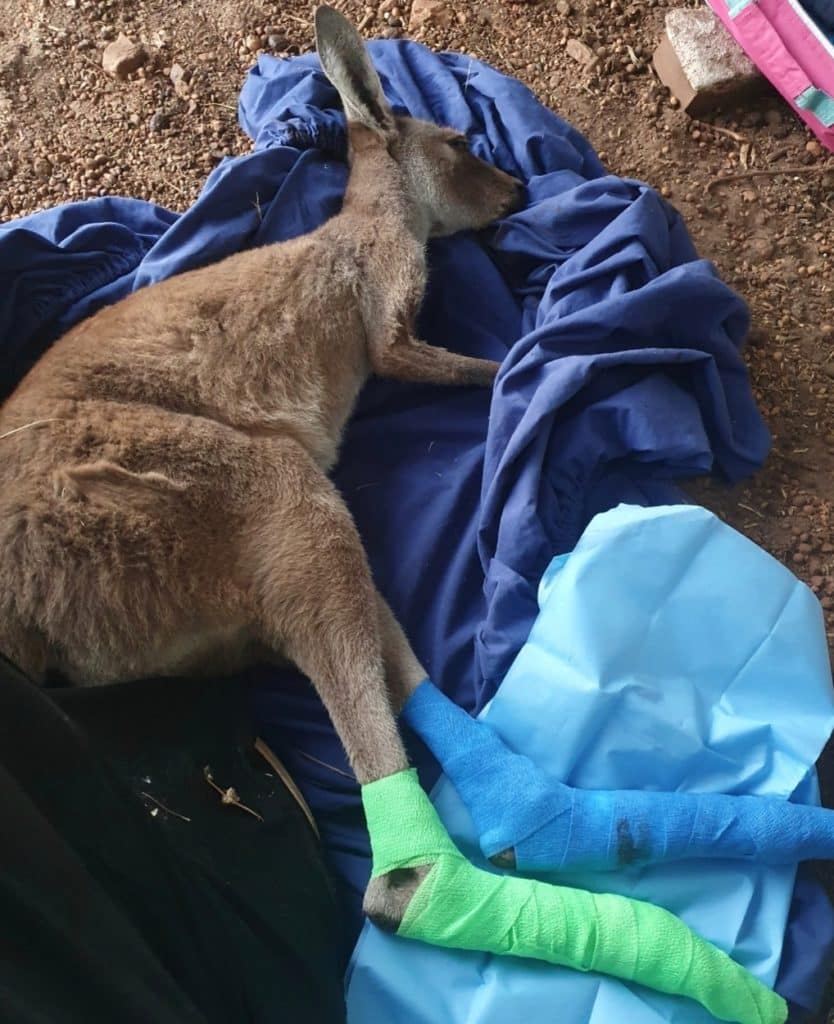
Smokey who was caught on a fence trying to flee the fires with his mother. He was brought into Bridgetown Wildlife Rescue with a damaged spinal cord and wounded legs, but after months of daily therapy he has fully recovered and joined the shelter’s mob!
The NSW/QLD Floods
Last March, the east coast was hit with floods more severe than any in recent memory – we all remember the awful images of Lismore under metres of murky floodwaters.
Our funds helped a range of animals affected by the floods, including koalas, flying-foxes, kangaroos, dingoes, baby birds, lizards, wombats and even a herd of rescue cows!

The Wombat Mange Epidemic
With extremely cold weather in winter, wombats battled an epidemic of sarcoptic mange. This skin disease is caused by a mite which causes extreme itching, scabbing skin, infection and death.
HSI worked with wildlife groups coordinating treatment for wild wombats affected by mange, saving hundreds of these beautiful animals from a terrible disease.
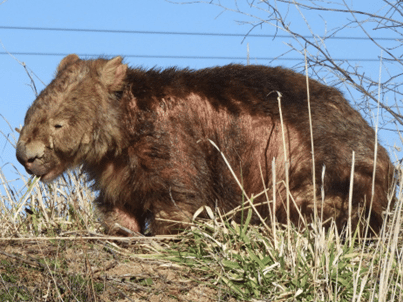
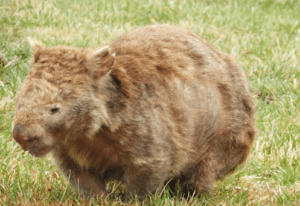
Wild wombat before and after mange treatment – now mite-free and healthy, and putting on weight!
Flooding in Victoria
Victorians are still reeling from the severe flooding in November last year, affecting thousands of animals. We helped wildlife carers prepare for the influx of flood orphans and displaced animals, with heat disks, teats, medications, wildlife food and humidicribs to give flood victims immediate care.
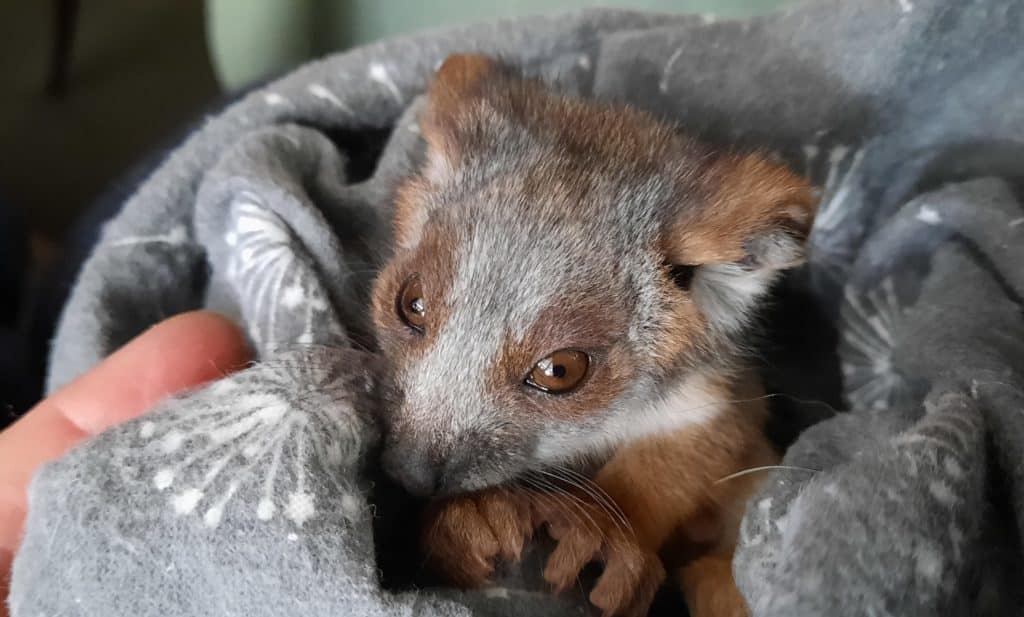
HSI purchased wildlife food and equipment such as Humidicribs, so Victorian wildlife carers were able to care for lost and orphaned flood victims like this possum.
Building Capacity
Unfortunately, 2022 won’t be a unique year – natural disasters are becoming more frequent and severe with climate change, and volunteer carers on the frontlines will once again become the only hope for wildlife caught in these disasters. That’s why we’re also helping to prepare carers with projects that make their work safer, easier and more effective.

Last year we helped to build flight aviaries for birds and flying-foxes and enclosures for kangaroos, wallabies, wombats and pademelons. We also provided rescue vehicles to safely transport eagles and kangaroos, and equipment for a koala rescue group in South Australia to build their incredible program.
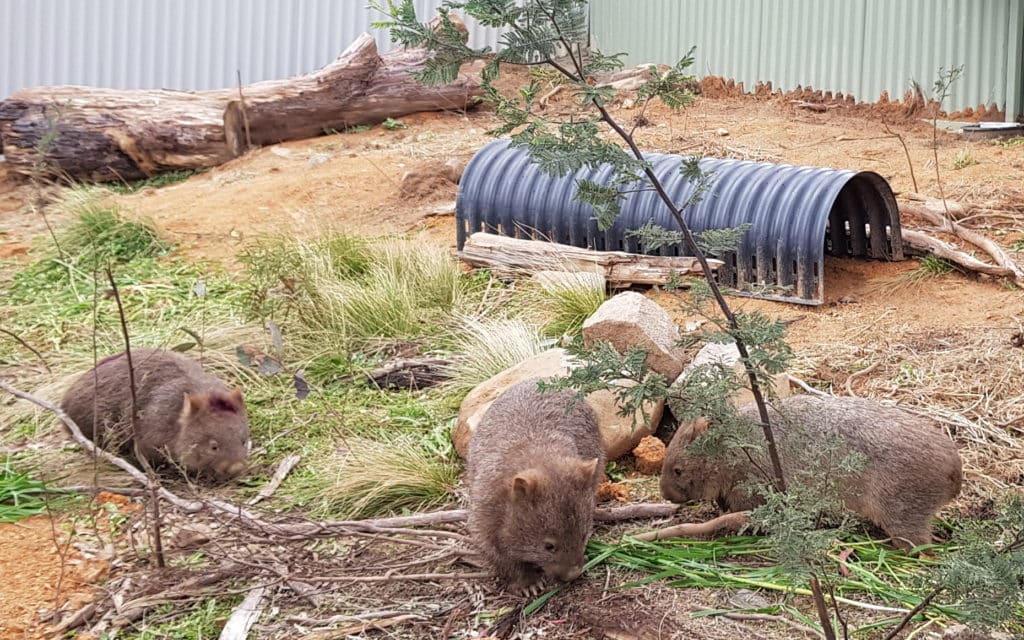
We helped to rebuild homes for rescued animals to return to, with huge replanting and nestbox installation projects for koalas, cockatoos, quolls and owls. Though we can’t prevent disasters from happening, we can work towards a better future for wildlife caught in them.


